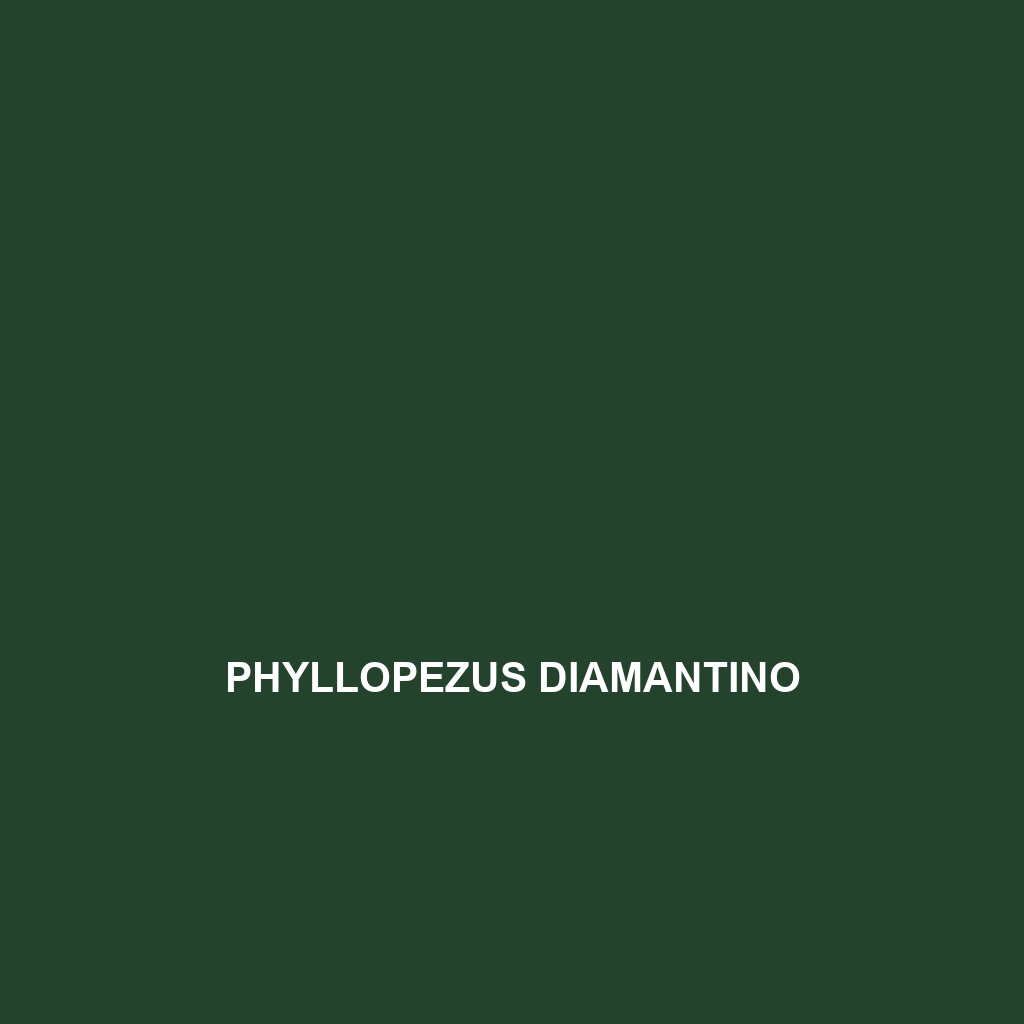Discover the striking Phyllopezus diamantino, a vibrant green to brown lizard native to the tropical and subtropical rainforests and savanas of Brazil. Known for its flattened body, bulging eyes, and nocturnal habits, this insectivore plays a crucial role in regulating local insect populations while showcasing impressive camouflage and defense mechanisms.
Tag: savanna lizards
Phrynocephalus versicolor
The Color-changing Toadhead Agama (Phrynocephalus versicolor) is a unique lizard native to arid Central Asia, known for its remarkable ability to change color for communication and thermoregulation. Typically measuring 15 to 25 cm, this insectivorous species thrives in sandy and rocky habitats, playing a crucial role in maintaining ecological balance.
Pedioplanis lineoocellata
Discover the Pedioplanis lineoocellata, or striped sand lizard, a slender, agile reptile native to southern Africa's arid regions, known for its distinctive beige and brown striped coloration, rapid burrowing abilities, and insectivorous diet. This fascinating species plays a vital role in its ecosystem by controlling insect populations and serving as prey for various predators.
Pedioplanis burchelli
<p><b>Pedioplanis burchelli</b>, known as Burchell's sand lizard, is a medium-sized, strikingly colored insectivore native to the savannas and grasslands of southern Africa, including Namibia and Botswana. This agile lizard exhibits remarkable camouflage and thermoregulatory behavior, playing a vital role in its ecosystem as both predator and prey.</p>
Pachydactylus griffini
<p><b>Pachydactylus griffini</b>, also known as the Griffin's thick-toed gecko, is a resilient nocturnal lizard native to the arid regions and savannas of southern Africa. Characterized by its elongated body, adhesive toe pads, and diet rich in insects, this species plays a vital role in its ecosystem while adapting to various environmental conditions.</p>
Nucras lalandii
<p>Discover the <b>Nucras lalandii</b>, also known as Laland's Skink, a fascinating insectivorous lizard thriving in southern Africa's savannas and temperate forests. Ranging from 10 to 20 cm, this agile reptile features a slender body adapted for quick movements and an essential role in controlling local insect populations.</p>
Neusticurus surinamensis
Discover the Suriname tegu (Neusticurus surinamensis), a striking omnivorous lizard native to South America's rainforests and savannas, characterized by its flattened body and vibrant camouflage. This adaptable species plays a critical role in its ecosystem by controlling insect populations and aiding in seed dispersal.
Mochlus vinciguerrae
<p><b>Mochlus vinciguerrae</b> is a striking lizard found in the rainforests and savannas of Central and East Africa, known for its slender body, vibrant coloration, and nocturnal insectivorous diet. With unique adaptations for climbing and camouflage, this species plays a vital role in its ecosystem by regulating insect populations and contributing to plant diversity.</p>
Meroles suborbitalis
Discover the fascinating Meroles suborbitalis, or sand lizard, renowned for its slender body, striking sandy coloration, and diurnal habits. This insectivorous lizard thrives in arid habitats across southern Africa, playing a crucial role in maintaining ecological balance.
Lygosoma boehmei
<strong>Lygosoma boehmei</strong> is a slender, nocturnal insectivore found in humid tropical rainforests and savannas of Southeast Asia, exhibiting a smooth, camouflaging texture and remarkable burrowing abilities. This vulnerable species plays a crucial role in its ecosystem by controlling insect populations and serving as prey for larger predators.









